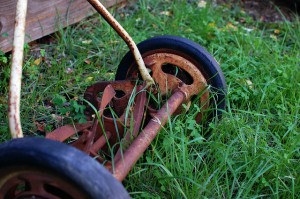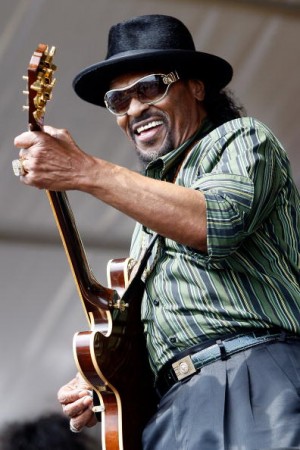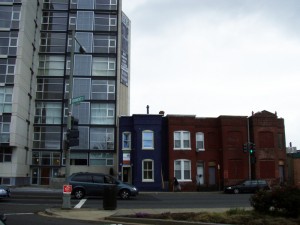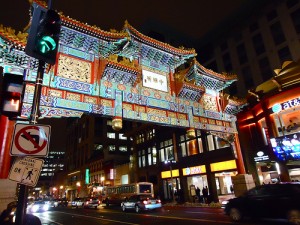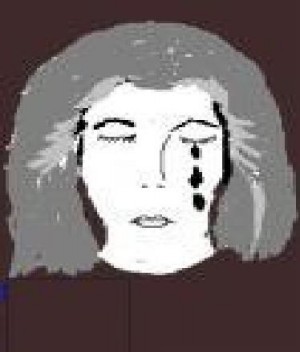Indians comprise the largest Asian group in the D.C.-area, and although many are working professional jobs, not all are. But another interesting trend has taken hold in the Indian-American community: the number of Indian Americans who have taken up jobs in the arts, entertainment and food industries has doubled in the past decade from 2.9 percent to 6.1. percent, reports Chicago Business. This video the network produced features Indian Americans who have taken up jobs as chefs and comedians:
This is similar to what I’m witnessing, at least anecdotally, among my fellow Iranian Americans. Members of my parents’ generation have traditionally viewed doctor, dentist or engineer as the predestined careers for their children. It makes sense — they’re relatively stable jobs, and if you’re a new arrival to this country, particularly without a network of friends and family, you may not feel secure enough to go after a “risky” career.
But those of us who were born here may have more stable-footing than our parents did — we have families, institutions and communities here that raised us and that we can rely upon. We may even have a measure of accumulated family wealth, thanks to the hard work of our parents. Perhaps that’s part of the reason I felt comfortable with pursuing journalism (not the most stable or well-paid of professions), and my brother, who once seriously considered medical school, is now an aspiring film-maker.
I’m curious — are others experiencing something similar, or is the pressure to follow a more traditional career paths still strong?



